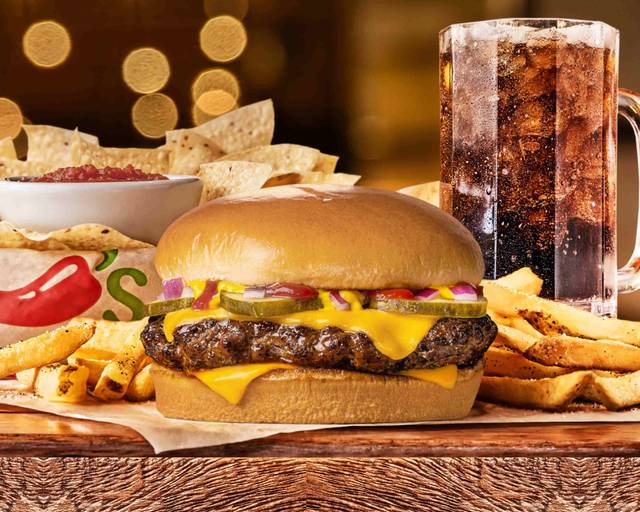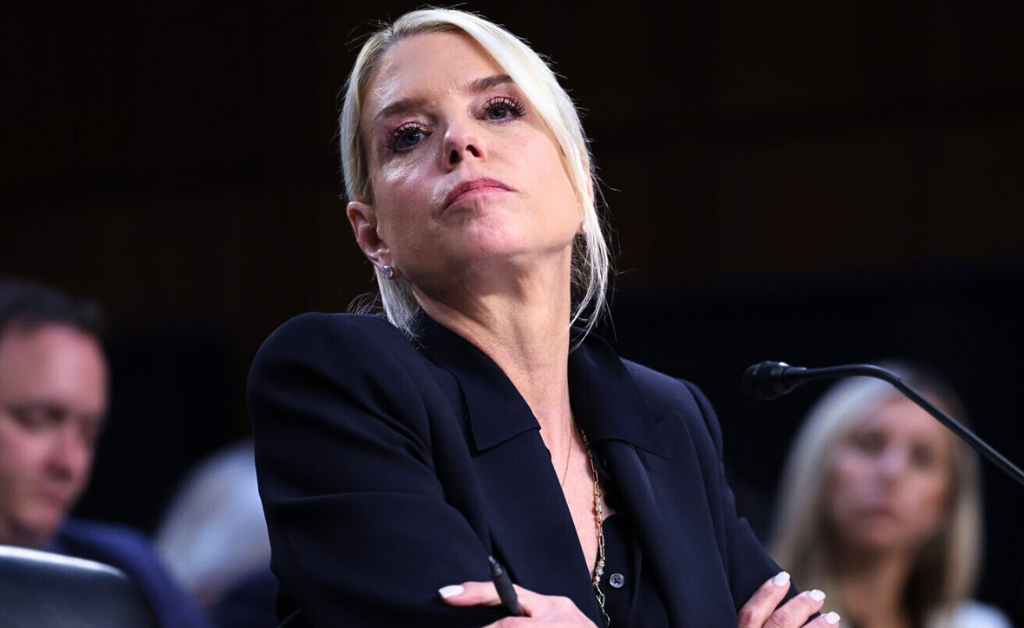- Casual-dining chains are shrinking as closures rise from inflation, changing tastes, and franchise bankruptcies—forcing diners to rethink where they eat.
- Some brands cut underperforming locations while hybrids and value-focused chains (Chili’s) grow by leaning into affordability and aggressive marketing.
- Expect more fast-casual, delivery, and dual-branded concepts replacing old spots; prioritize value menus and cherish local favorites that remain.
In the rhythm of everyday life, few rituals feel as reliably comforting as heading to your favorite casual eatery for a burger, a salad, or just a chance to unwind over endless apps. But lately, those familiar neon signs along the highway seem to be flickering out more often than not.
From the salad bar stalwarts to the rib joints we’ve known since childhood, America’s casual dining scene is undergoing a quiet contraction—one that’s reshaping where families gather, how budgets stretch, and what “date night” looks like in 2025.
It’s not all doom; some chains are bucking the trend with smart pivots and value plays. But as closures mount amid tighter wallets and shifting tastes, it’s a reminder that even our go-to spots aren’t immune to the squeeze on everyday spending.
The FrankNez Media Daily Briefing newsletter provides all the news you need to start your day. Sign up here.
Take Ruby Tuesday, the once-ubiquitous salad bar chain that defined mall dining for a generation. Once boasting nearly 950 locations at its peak in 2009, the brand has shuttered about 80% of its portfolio over the years, leaving just around 204 spots scattered across 29 states as of October 2025.
The downsizing didn’t happen overnight. It started with a wave of 95 closures in 2016, targeting underperformers, then accelerated during the pandemic when over 150 locations quietly went dark by mid-2020.
That October, the company filed for Chapter 11 bankruptcy, permanently closing 185 more restaurants and emerging in February 2021 with only 209 left.
The bleed continued: a spot at Connecticut’s Meriden Mall shut its doors in January 2025, and just this week, on November 4, the Presque Isle, Maine, location joined the list—erasing yet another small-town staple.
It’s a tough pill for loyalists who remember Ruby Tuesday’s garden bar and affordable entrees as a step up from fast food without the fuss.
But the chain’s minimal advertising—less than $100 million spent on digital and national TV last year, mostly on premium units across fewer than 50 media properties—hasn’t helped it compete in a world where TikTok trends and app deals drive dinner decisions.
Their last big product push? An ad in October 2024. In an era of inflation-weary diners, that low-key approach feels like showing up to a party without an invite.
The Trend is Growing Amongst Popular Chains Too
Ruby Tuesday isn’t alone in this slim-down. Over in the neighborhood grill corner, Applebee’s—Chili’s longtime rival for sizzling fajitas and $1 margaritas—has been pruning aggressively too.
In 2023, 46 locations closed due to underperformance, and 2024 saw another 25 to 35 net shutters, per parent company Dine Brands Global’s February earnings call.
Applebee’s president Tony Moralejo called it a natural churn for a mature brand: “Applebee’s is a mature brand, and it is natural to have closures with changing trade areas and franchisee agreement expiration. We are in line with a 1-2% annual closure rate, which is normal for a brand of our age and development.”
By 2024’s end, the chain had dipped to 1,501 U.S. spots from 1,578 in 2021.
The pain points hit harder in some markets. Just last February, eight Kansas City-area locations shuttered after franchisee Jas. H. Beard Inc. filed for bankruptcy, leaving only two survivors in the metro.
Moralejo noted the closures stemmed from “financial circumstances and decisions made by the franchisee,” adding, “This situation is unfortunate, and we continue to believe the Kansas City area is a great neighborhood for Applebee’s restaurants.”
Looking ahead, Dine Brands projects 20 to 35 more net Applebee’s losses in 2025, offset somewhat by 10 to 20 IHOP openings or closures and a fresh push into dual-branded IHOP-Applebee’s prototypes.
Early tests in places like Seguin, Texas, have tripled sales in the first week, hinting at a hybrid model that could blend breakfast crowds with evening grill vibes—perfect for busy parents juggling soccer practices and late dinners. This ripple effect extends far beyond fajitas and salads.
The casual dining sector as a whole closed hundreds of doors in 2024, with the trend spilling into 2025 as consumers trade down to fast-casual spots like Chipotle or home-cooked meals.
Your 3am Sober-Up Dining Spot Just Closed Locations
Denny’s, the 24-hour diner king, axed about 50 locations last year and plans 100 more by end-2025, citing a 2.5% traffic dip and “unexpected drop in guest value perception.”
TGI Fridays, after filing for Chapter 11 in November 2024, slashed over half its U.S. footprint—from 213 to 162 spots—wiping out entire markets like Columbus, Ohio, and Buffalo, New York.
Hooters followed suit, closing nearly 40 in mid-2024 and 30 more post-bankruptcy in June 2025. Even Bloomin’ Brands (Outback Steakhouse, Bonefish Grill) shuttered 41 across its portfolio in February 2024, targeting outdated leases from the ’90s.
Red Lobster’s saga captures the drama: After bankruptcy in April 2024, it closed 127 locations amid an “extensive review” revealing spots that never rebounded from COVID.
Buca di Beppo sold off 44 corporate-owned restaurants to lenders in November 2024 after August’s filing.
And in a twist for health-conscious eaters, fast-casual Lemonade announced in October 2025 it’s closing all locations temporarily for a “major makeover,” following bankruptcies at chains like Bertucci’s and Bar Louie.
Rubio’s Coastal Grill, meanwhile, shuttered 51 California spots in June 2024 over rising wages.
Chili’s Destroys Its Competition

Yet amid the farewells, there’s a bright spot lighting up the sector: Chili’s. While rivals contract, Brinker International’s flagship has roared back with double-digit growth, posting 23.7% comparable sales in Q4 fiscal 2025 and 31% in Q2, outpacing the industry handily.
CEO Kevin Hochman summed it up in the Q4 release: “Chili’s delivered another strong quarter with sales +24% driven by traffic of +16%. We now have delivered a Q4 2-year sales growth of +39% and 3-year of +45%. With that sustained momentum, along with a strong pipeline of initiatives, we are confident in our ability to grow sales and traffic throughout Fiscal 2026. Chili’s is officially back, baby back.”
The secret sauce? A heavy pour into value—like the 3 for Me menu ($10.99 for an app, entree, and drink)—paired with aggressive ads that pit it against fast-food giants, including a Big Smasher burger nodding to the McDonald’s Big Mac.
Traffic jumped 20% in Q2 2025, blending new trials with repeat visits, and the chain’s now eyeing remodels for 200 locations starting next year.
As Hochman told CNBC in January, “We don’t think this is the end, we think this is just the beginning of the Chili’s turnaround.”
It’s proof that in casual dining, leaning into affordability and buzz can turn the tide. For the rest of us, these shifts mean rethinking routines.
With U.S. restaurant visits down through October 2024—thanks to inflation and a pullback on non-essentials—many are pivoting to delivery apps or dual-purpose spots like those IHOP-Applebee’s hybrids.
It’s a bummer to lose that local Ruby Tuesday where you celebrated birthdays, but it opens doors to fresher concepts: maybe a pop-up market in the old space or a fast-casual gem with better salads.
As we navigate this leaner landscape, the lesson is simple—cherish the spots that stick around and keep an eye on the value menus. After all, a good meal out should still feel like a win, not a splurge.
Also Read: U.S. Now in A Housing Market Recession, Will Prices Finally Plunge?













